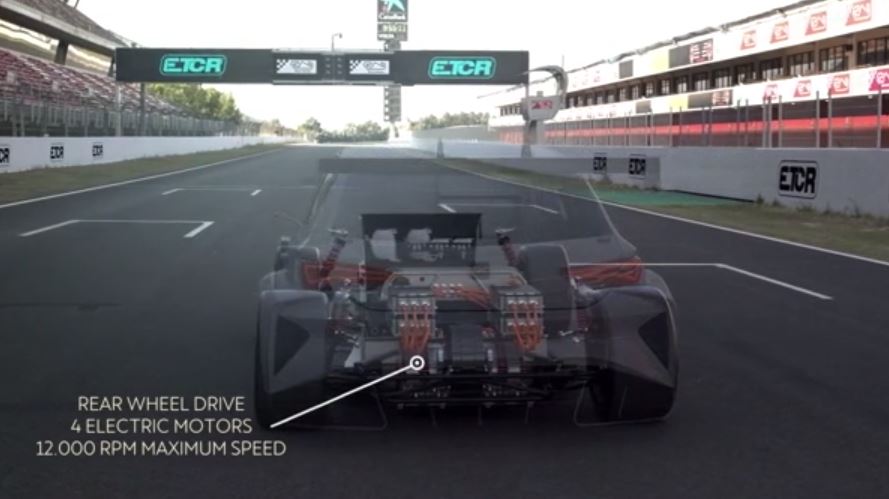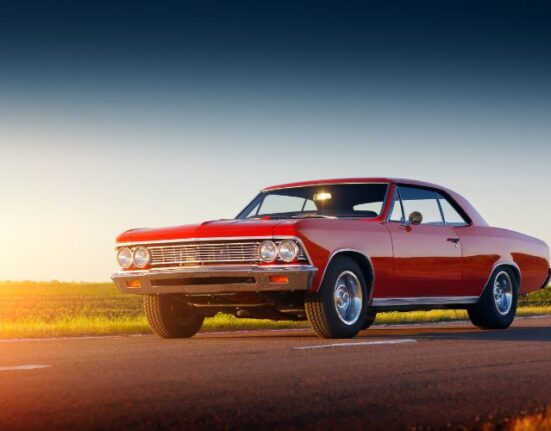Looking at what could be described as a multimedia x-ray, a 3D animation takes us on a journey deep inside the CUPRA e-Racer, the world’s first fully electric competition touring car. With a year to go before it makes its debut, we examine the bones of this car and its main components:
– A 450 kg battery, the core element: It accounts for a third of the vehicle’s total weight and is a challenge when developing this model, as explained by the head of engineering at CUPRA, Xavier Serra: “The battery determines the entire design and position of the remaining elements”. It is located “as low as possible so that the centre of gravity is closer to the ground and enhances the car’s dynamics”, he points out. This part is made up of 23 panels with a total of 6,072 battery cells, generating the same power as 9,000 mobile phones connected at the same time.
– Four ‘green’ engines’: These are mounted over the rear axle and deliver 680 hp. ”The electric engine is less complicated, more efficient and requires less maintenance”, says Xavier. The CUPRA e-Racer has a single gear that “gives us wonderful acceleration, from 0 to 100 km/h in 3.2 seconds and a top speed of 270 km/h”, explains this engineer.
– No energy is lost; it is transformed: This car features an energy recovery system that harnesses energy from braking and decelerating. The steering wheel of the CUPRA e-Racer has a display panel that the driver and engineers can monitor and transfer a full range of vehicle performance data in real time while driving for efficient energy management.
– Temperature control: On the track, the technical team and the driver himself must know how to manage the temperature of the components. This car is equipped with a bespoke cooling system in the radiator, which provides cooling in around 20 minutes. “There are three independent cooling circuits, as each element has different temperature limits: the battery threshold is 60 °C, the inverters 90 °C, and the engines 120 °C”, points out Xavier Serra.
– Final stretch towards a new racing format: CUPRA engineers and technicians continue to work to get the most out of the car. “This vehicle generates a lot of energy and we’re working on how to use it efficiently and achieve good lap times”, explains Xavier. In this sense, regardless of whether the car is equipped with an electric or a combustion engine, the goal is the same: “to be the fastest and cross the finish line in first place.” Components and strategy go hand in hand, a combination that will peak in 2020 when the CUPRA e-Racer competes for the first time in the new ETCR Racing format.

















